Major brands across industries are embracing a product drop strategy to boost hype, loyalty, and sales. In this article we outline 14 simple steps for a successful product drop from start to finish. Learn about brand collaborations, scarcity marketing, hype building, channel management, and the importance of fairness.
The product drop strategy is retail’s newest conversion play. Major brands across industries are embracing product drops to create hype, nurture customer loyalty, and boost sales.
But what exactly is a product drop strategy? What sales and marketing techniques make a product drop different from a product launch? How can brands use product drops to generate hype? And how can they ensure their drops live up to that hype?
From over a decade working with product releases in ticketing, electronics, apparel, NFTs, and sneakers, we’ve learned a lot about successful drops and launches.
We draw on that experience in this article and showcase examples from some of the most successful product drops to outline the key preparations you need to make and the tough questions you need to answer to pull off a successful product drop.
But first, what is a product drop strategy?
A product drop strategy involves regularly creating and selling limited-edition items. These limited-edition products are “dropped”, meaning they’re released at a particular time, in limited quantities, and (for the most part) aren’t released again.
The benefits of the product drop as opposed to the product launch is that the scarcity and urgency of the drop boosts the hype around and desire for the product. Customers know if they don’t buy it the moment it drops, they may never get another chance.
The product drop strategy achieves a few key things:
- It turns products from something you wish customers would buy into something customers wish they could buy from you.
- It increases brand engagement and gives customers something to discuss and look forward to, boosting brand affinity and creating community.
- It lets you create multiple versions of the same product (e.g., a sneaker dropping in a different color each week), meaning customers don’t just purchase an item once, they come back for more.
RELATED: Everything You Need to Know About Product Drops: Strategies, Benefits & Examples
Here are the 14 strategies we’ve seen successful drops nail, and that you should consider prior to your own product drop:
- Find collaborative partners
- Spread the word on social media
- Make experiences customers remember & can’t help but share
- Leverage scarcity marketing
- Generate hype & anticipation
- Run limited-inventory restocks
- Offer presale registrations & drop reminders
- Curate the experience with channel management & DTC
- Deliver a fair drop experience
- Block bots & abuse
- Prepare staff
- Ensure your site can deliver on drop demand
- Make it exclusive with invite-only access
- Keep customers coming back for more
Collaborations are at the core of most successful product drops. Just like musicians reach new audiences through collaborations (4 of the top 10 songs of 2021 were collabs), so too have brands realized collaborations are a powerful tool to reach new customers and generate hype.
Collaborations don’t have to be at the center of your product drop strategy, but they certainly help. Every major brand with a product drop strategy—from Nike to Supreme to SKIMS to Louis Vuitton—regularly engages in product drop collabs.
Collaborative drops typically come in a few key forms. Your brand might collaborate with:
- A celebrity
- An athlete
- An influencer
- Another brand
- An artist/designer
- A beloved character
Whoever or whatever you decide to collaborate with, it’s important you embrace the collaboration and your partners’ ideas while also upholding your brand’s core values and qualities.
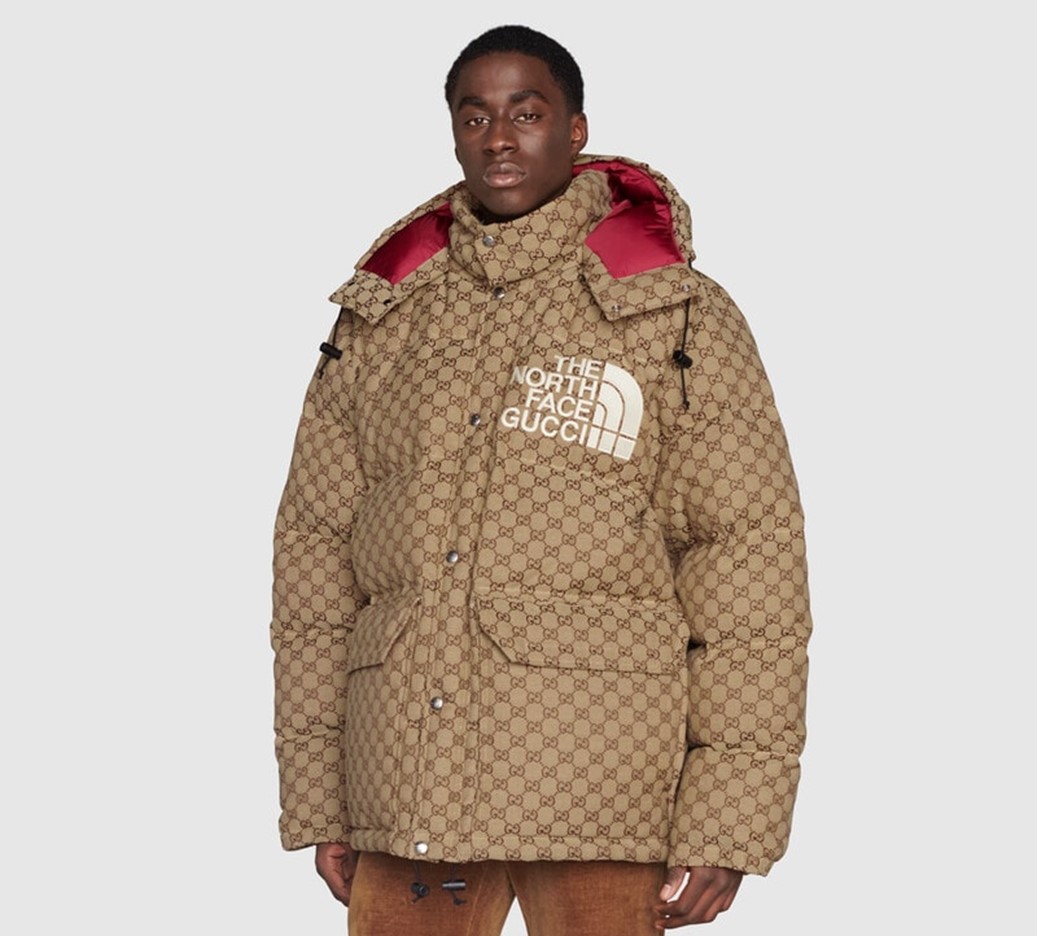
Gucci’s signature monogram is plastered across The North Face’s high-quality outerwear in this collaborative product drop
The most successful product drops work by giving a collaborator access to your core products and allowing them to add their creative flair or signature style.
The advantage here is that even if the limited-edition product sells out fast, many people will still have their hearts set on owning the product and will look to the core products the collabs are based on. In the Gucci x The North Face example above, people who missed out on the collab may turn to North Face’s outerwear, or other clothing with Gucci’s monogram.
Put simply, sales of core products are likely to spike because of the increased hype caused by collaborations.
Psychologists call this the “halo effect”. It’s when a positive impression of a product or brand in one area positively influences opinions or feelings in other areas.
RELATED: 23 Successful Product Drop & Brand Collaboration Examples for Inspiration
In the above collab, The North Face benefits from the halo effect of being associated with Gucci. For Gucci customers and fans, North Face products are likely to seem more appealing after the collab than before. The halo effect of collaborations enables The North Face to elevate its brand image among Gucci customers, and vice versa.
This halo effect helped Nike’s Dunk sneaker become the most popular shoe of 2021 after hyped collaborations on the model with Off-White and Travis Scott. The same thing occurred when New Balance collaborated with Aimé Leon Dore to bring back their 550 sneaker silhouette in limited quantities.
New Balance's collaborative drop sold out almost immediately. And within a few months, the original shoe sold out too. Restocks of the original 550 now see virtual queues of over 70,000, according to Glamour Magazine.
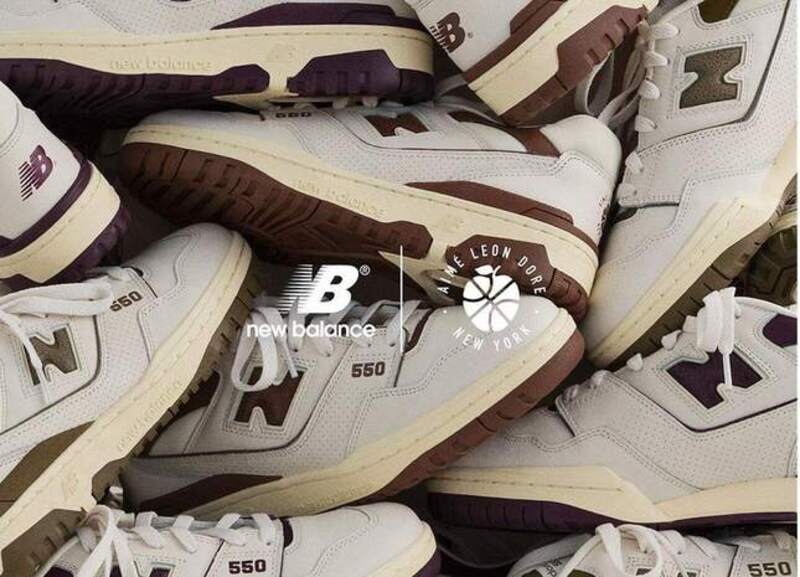
If you’re looking to start a product drop strategy, reach out influencers, brands, or celebrities with devout followings, or those that embody your brand values, and get to work on a collaborative product or collection.
Set your product drop up for success with your free interactive checklist
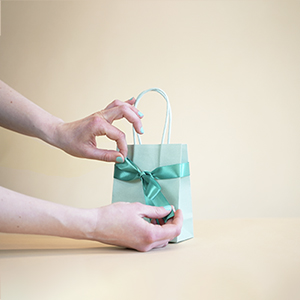
The success of your product drop strategy depends on your ability to generate hype around your drops. And in the 2020s, there’s no better place to generate hype than social media.
Streetwear is the original product category for product drops. So, streetwear surveys provide insight into the importance of social media for product drops and building hype.
One survey from PwC and Hypebeast found 97% of consumers got their information about streetwear from Instagram. Of these, 59% said influencers are likely or very likely to impact their product choices.
The figures that had the most influence were: musicians (65%), industry insiders (52%), contemporary artists (45%), social media influencers (32%), celebrities (30%), and athletes (23%).
The power of social media and influencers for creating hype around product drops is demonstrated by many contemporary brands that use a product drop strategy.
Gymshark, SKIMS, Kylie Cosmetics, Fenty by Rihanna—all these brands are driven by influencers and social media. And all these brands drop products that are designed to sell out.
RELATED: Your Influencer Marketing Strategy for Product Launches in 6 Simple Steps
Alongside carefully choosing your collaborations with tastemakers and influencers with loyal followings, you can generate hype for your product drop on social media by:
- Running social media giveaways
- Posting well photographed and highly shareable content
- Sending products to influencers and reviewers prior to the drop
- Running livestreams where you show off products
- Sharing the experiences of your customers on your channels
- Marketing through influencers aligned with your brand
- Reaching out to outlets and pages aligned with your brand
Alongside the hundreds of patents Apple made before launching the first iPhone, was a patent for a box.
Apple’s then Chief Design Officer Jonathan Ive says, “Steve [Jobs] and I spend a lot of time on the packaging … I love the process of unpacking something. You design a ritual of unpacking to make the product feel special. Packaging can be theater, it can create a story.”
The patented iPhone box design has anticipation built into it. As you lift the top from the base, the air releases ever so slowly, drawing out the final reveal.
As journalist Trung Phan says, “Like the moment before a magician's reveal, Jobs knew the power of anticipation and designed it into iPhone packaging.”
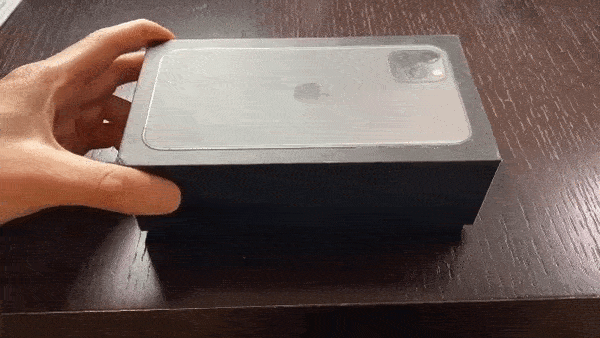
Apple’s pioneering work in extending the user experience far beyond the product and into the stores and packaging started a trend that’s become a key part of the product drop and launch strategies.
Unboxing videos and product hauls are a phenomenon. The four unboxing videos below have a collective 34 million views.
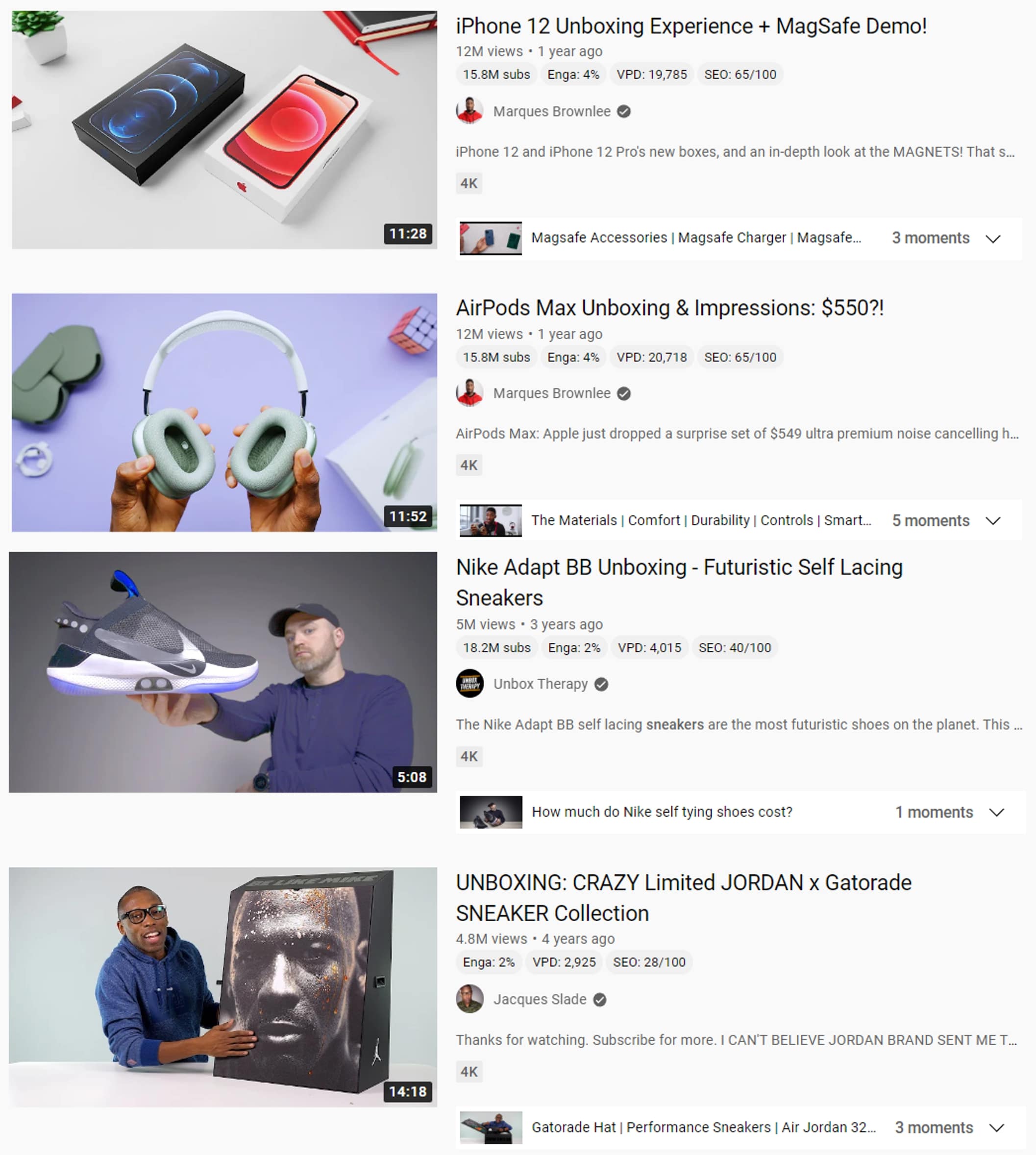
RELATED: 6 Common Product Drop Challenges & How to Overcome Them
Well-designed packaging and unique in-store or online experiences not only tap into anticipation psychology (which we’ll get into in strategy #5), but they also create a more exciting and shareable experience.
The appeal of product drops largely comes from their exclusivity and uniqueness—so it’s only natural that appeal should extend to sales and packaging.
Many brands create special packaging for special product drops. Sneaker brands Nike and adidas, for example, have put limited-edition sneakers into a Ben & Jerry’s ice cream tub, a cigar box, a plutonium case, action figure packaging, even a milk carton.
Products from SKIMS’ limited-edition Fendi collaboration came with bright, branded, highly shareable hardcover boxes. Highly Instagrammable pop-up stores were also erected in major cities across the world.
SKIMs sent out the collab to celebs like Nicki Minaj and Gwyneth Paltrow who shared photos of the boxes and products with their followers. The packaging was so well designed that people bought empty Fendi x SKIMS boxes after the drop for $50+ on eBay.
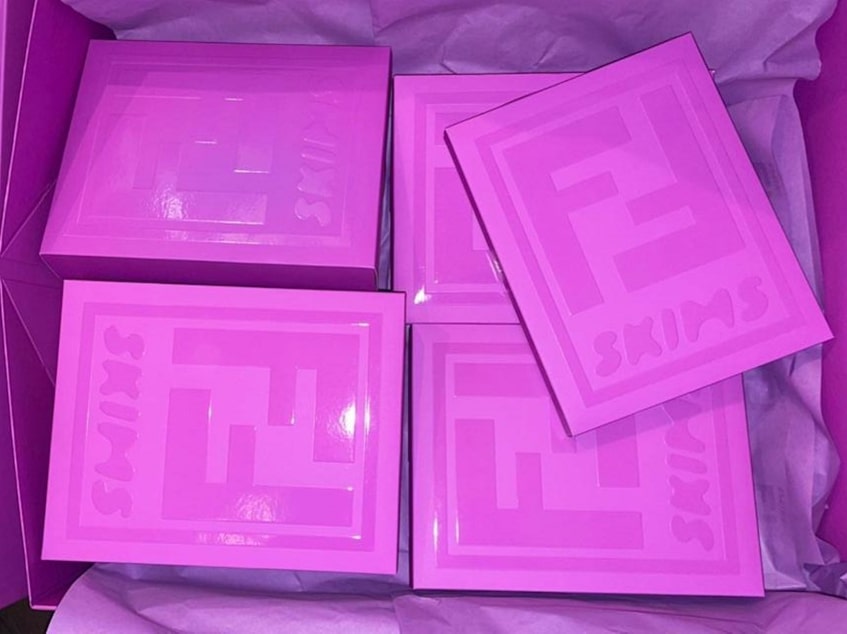
Whether through a pop-up store, limited-edition packaging, a unique website experience, or something else entirely, make your product drop experience feel like something special and exclusive. This will heighten customers’ sense that they’re taking part in a significant event, making them more likely to remember the drop experience, and encouraging them to share branded content on social media.
RELATED: Drop Culture: The Wild History & Exciting Future of Product Drops
Product drops are all about scarcity. They’re about creating a product customers see as rare and exclusive and heightening their sense of urgency and FOMO (fear of missing out).
That’s why if you’re taking on a product drop strategy, you need to understand the basics of scarcity marketing. To drum up the desired hype and encourage an instant sellout, try scarcity marketing techniques such as:
1. Framing scarcity as due to demand: Researchers have found scarcity marketing works best when combined with social proof. People want products more when they believe they’re in competition for them. So rather than just saying we’re only selling 1,000 of an item, tell customers the product is selling fast, or is 90% gone already, or is being restocked due to popular demand. This is called competition framing.
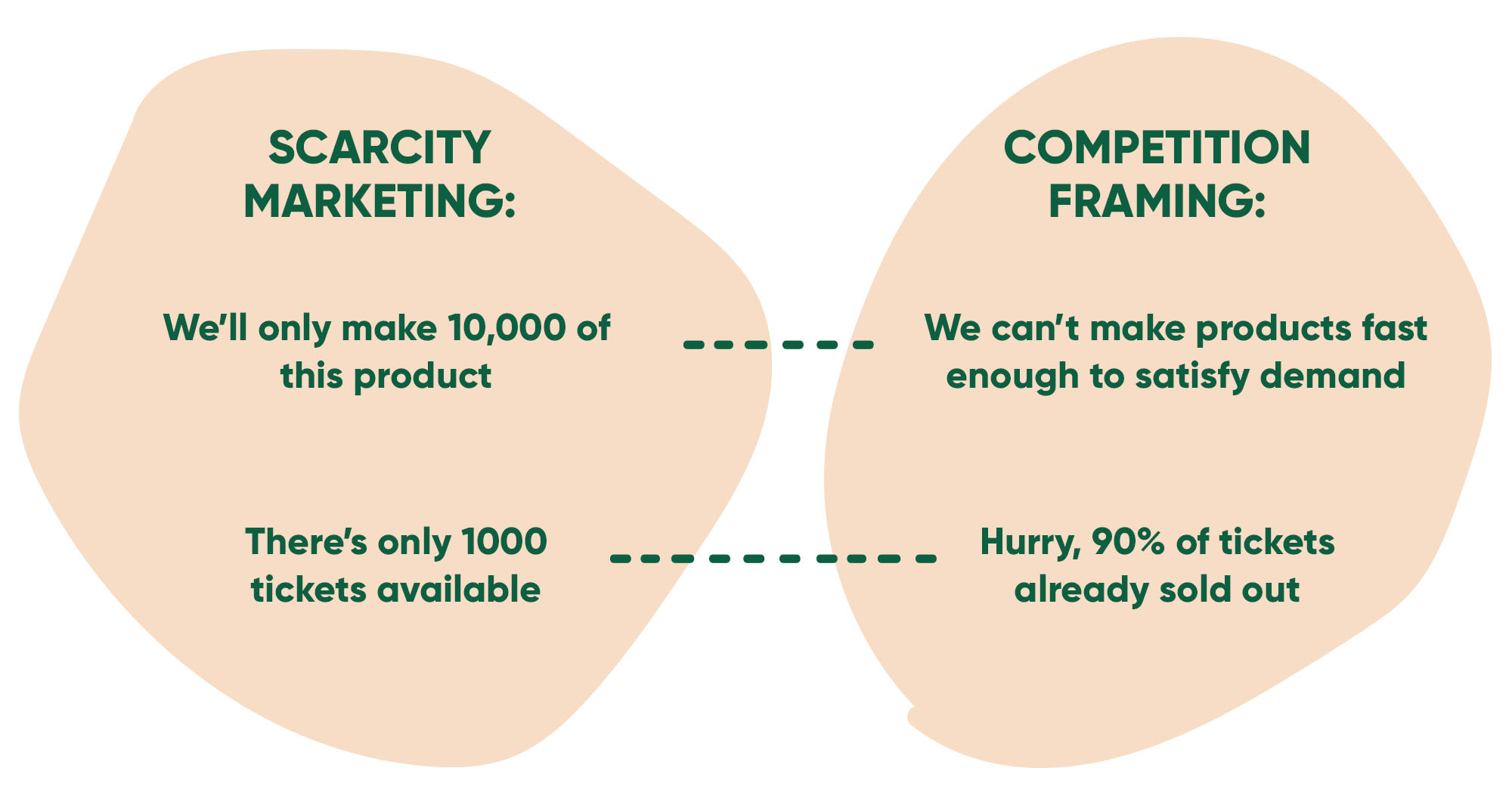
2. Use numbers to foreground scarcity: Using numbers on ecommerce product pages allows retailers to ensure the scarcity of products hits home for customers. Like in a brick-and-mortar store where customers can see there’s only a couple items left on the shelf, using numbers makes scarcity and competition more obvious. You could use language like: “only 5 left in stock”, “100 people viewing this product”, “Hurry! This product is in 20 people’s carts”, etc.
3. Use a virtual waiting room: For brick-and-mortar stores, the most hyped product drops and sales events inspire large queues. This heightens the feeling of competition among customers, showing they’re not alone in their desire for the product. That’s why studies have found queues increase conversions and order value. In ecommerce, virtual waiting rooms have the same effect. They show off how many people want the product, creating competition, building anticipation, and generating hype.
4. Make customers feel the drop is a special/exclusive experience: Product drops work best when they feel exclusive and create FOMO. Use your marketing material to convey this. The language used by Nike to announce their drops below is a perfect example: They have “something extra-special”, “available only in the Nike App”—their “coveted comeback styles”, “are hot and quantities will be limited, so don’t sleep on this event.” Show customers your drop is one they can’t afford to miss.
RELATED: 7 Simple Scarcity Marketing Strategies to Supercharge Ecommerce
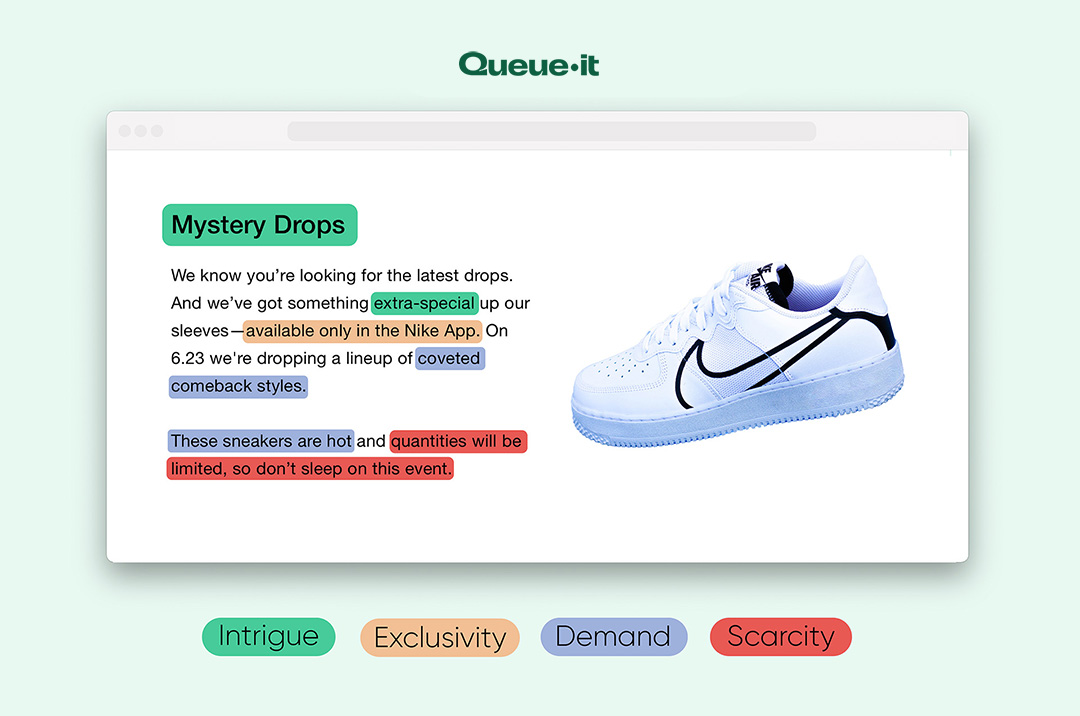
Oops, you dropped something. Here you go: it’s your free interactive product drop checklist

In addition to scarcity marketing, product drops succeed through anticipation and hype. Anticipation is a powerful tool. Psychologists have found positive anticipation can:
- Create a greater sense of wellbeing and excitement
- Improve the experience being anticipated
- Strengthen memories surrounding events
Anticipation psychology is a less established domain of marketing than scarcity marketing. But to understand how to leverage anticipation for product drops, we need look no further than the anticipation engine that is the entertainment industry.
RELATED: The Power of Anticipation Psychology & How to Use It for Ecommerce Marketing
So, how does Hollywood generate hype and anticipation for a new movie?
They announce a movie. They announce the actors shortly after. Character profile photos are released. A poster is released. A teaser trailer is published. Then the full trailer. Then a press run with the actors. Then a second full trailer. Then, finally, the movie. Plus, these days few movies end without teasing a sequel, sparking new anticipation before the movie is even over.
Hollywood builds anticipation by keeping people waiting. By letting them find out things about the movie little-by-little. By drip-feeding content for fan speculation and media attention.
Now, which movies are the most highly anticipated?
The most anticipated movies are new versions of things we already know and love. People want more of the Star Wars universe, the Marvel universe, the Jurassic Park Universe. Hell, we’re on Fast and Furious 10 now and the movies are still making almost $1 billion at box office.
How does all this apply to retail?
First, retailers can leverage anticipation by drawing out product announcements and teasing products. You could build anticipation before you release a product by:
- Giving it to a celebrity or influencer to be seen in, making people ask, “where did she get that?”. (This is one of Kanye West’s tactics, with his Yeezy clothing and shoes frequently appearing in paparazzi photos long before they’re released, sparking speculation).
- Teasing photos of the product on social media
- Teasing the announcement
- Releasing official pictures
- Setting a release date
- Setting up a presale list
- Using a virtual waiting room for the product drop
All these things work to draw out the purchasing process, keeping your product in consumers’ minds for longer.
The second anticipation lesson from Hollywood is that the public gets most excited about the things they know and love.
New versions of old classics are the recipe behind so many brands’ product drop strategies. This could be a shoe in a new color, a hoodie with a new print, pants in a new material, another brand or influencer’s take on your brand’s core products.
You don’t need to reinvent the wheel with every product drop.
It’s a good thing George Lucas didn’t stop after the first Star Wars movie, just like it’s a good thing Nike didn’t stop after the first Jordan sneaker. Almost 40 years and many new iterations and stories later, both these original ideas are now worth billions.
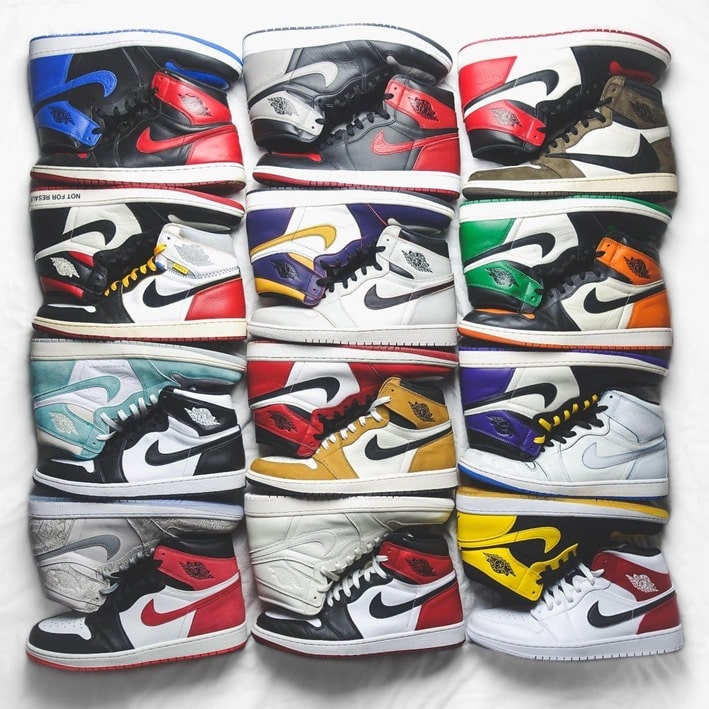
Perhaps the only product drop anticipation strategy that doesn’t mirror the movie industry is the restock model.
Used by SKIMS, Sony, and AMD, this strategy involves frequently restocking popular products in limited quantities. With this, anticipation builds as customers try many times to get their hands on the products they want. Each restock represents another opportunity for them.
This heightens the feeling of joy and accomplishment customers feel when they finally get their hands on the product. It also keeps the hype cycle going without requiring new product ideas every month.
SKIMS has done this for years. And a quick look on social media will show just how excited customers are when they finally get their SKIMS products.
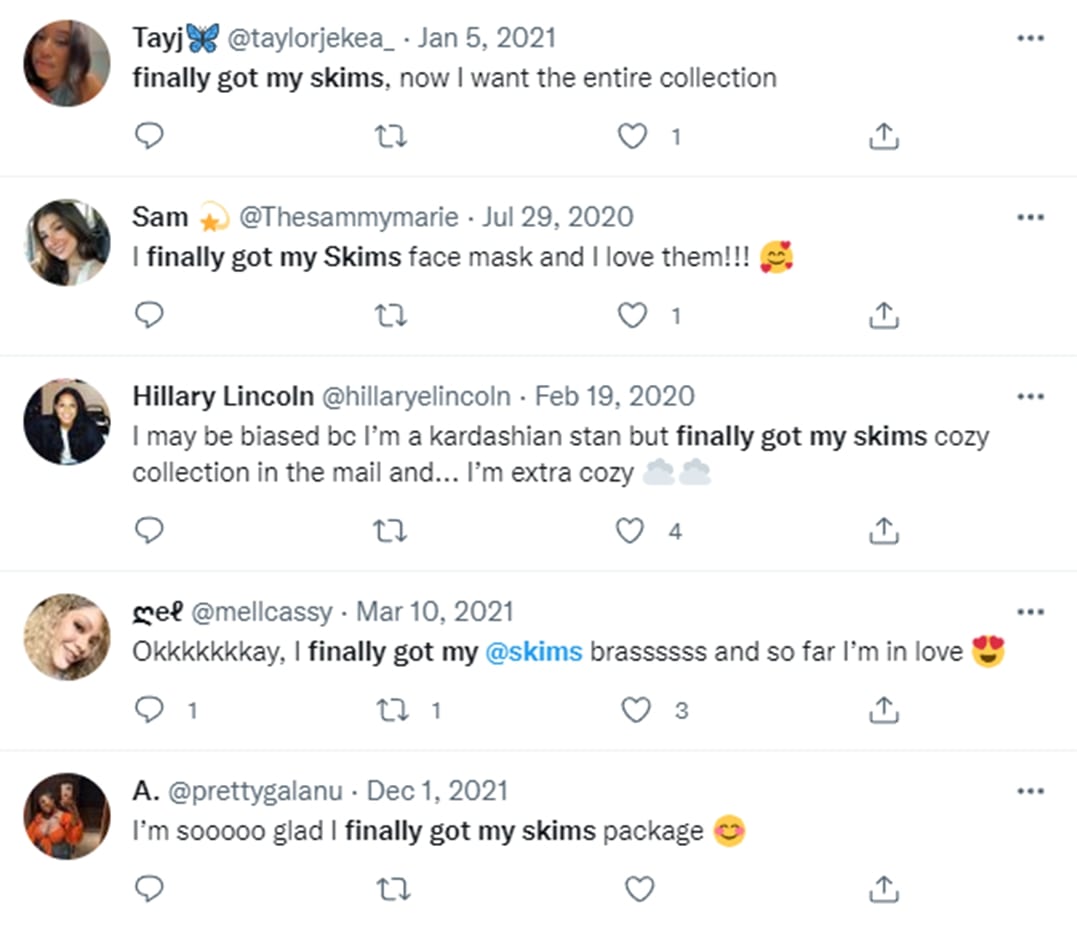
Presales, waitlists, and product drop reminders are the simplest strategy on this list, but also one of the most important.
You want to build hype and anticipation before your product drop. But on the day of the drop, customers may forget, or be busy, or lose interest. That’s why you need to give customers a way to act when they’re at their most excited.
A presale, waitlist, or drop reminder is like an expression of interest or an RSVP. When drop day comes around, you already have a long list of people who want your product.
There are a few different ways to offer customers presale opportunities:
- A traditional presale: customers can purchase the item ahead of time
- A raffle: customers can give their details and go in the running for a chance to purchase the item
- A product drop reminder: customers receive a reminder email or text before a product drop goes live
- Twitter or Instagram’s product drop feature: customers are notified on their social media apps before a drop goes live
- A private sale or early access list: customers who register get exclusive first access to the product drop
- A waitlist: Customers get first-in, first-out access to products they register their interest to buy
Whichever method you choose, creating a presale mailing list is an important way to let customers act when they’re at their most excited. It lets you gather email addresses and put customers into nurture flows. And it enables a better understanding of demand ahead of a product drop or restock.
RELATED: The 5 Powerful Brand Benefits of Product Drop Marketing
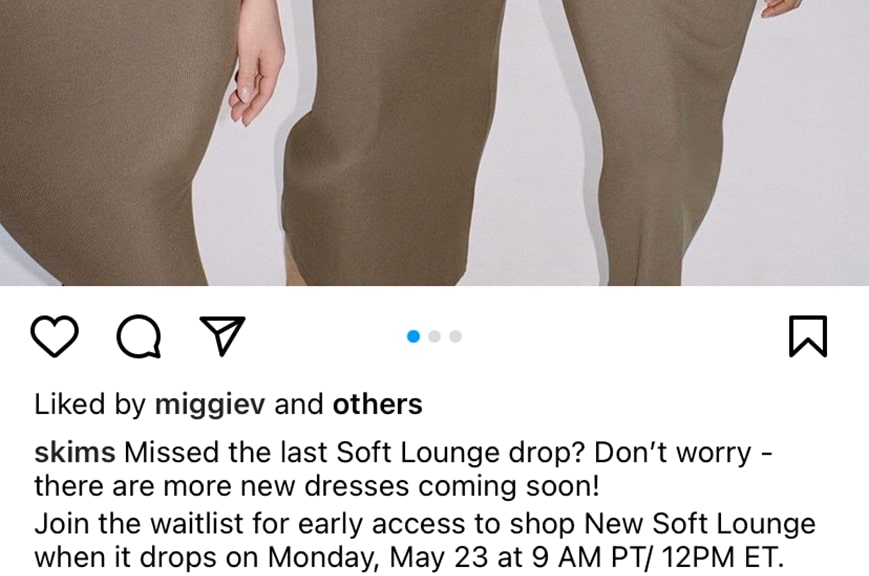
Channel management is a company’s activities related to selecting, enabling, and compensating channel partners. Every retail marketplace you decide to sell your product on—Amazon, Walmart, eBay, ASOS—is an additional channel.
While many businesses operate under the assumption that getting their products in as many places as possible is key to selling more, we know by now the principles of products drops run counter to this.
With product drops, less is more.
Many contemporary brands carefully curate their sales channels, especially for limited-edition product drops. This lets them concentrate the hype on their brand, exert more control over the customer experience, and heighten the sense of exclusivity.
Brands like Gymshark, Lululemon, and Supreme only sell direct-to-consumer (DTC). And others like SKIMS and Fenty Beauty are only stocked by a small selection of department stores.
In recent years, sports apparel companies from Nike to Adidas to Under Armour have used channel management during hyped drops to boost their DTC presence.
Despite Nike being available at department stores across the world, its sneaker drops typically only take place on the SNKRS app. In 2010, DTC accounted for just 15% of Nike’s total revenue. Today, it accounts for 40%.
RELATED: Exclusive Fenty by Rihanna Drop Sends Record Traffic to Harvey Nichols
While channel management lets retailers reap more of the benefits of product drops and concentrate the hype in one place, it also means brands face more demand than their site can handle. Gucci’s collaboration with The North Face, for example, launched exclusively on the Gucci site. But demand was too high, and the site crashed.
The same occurred when Jacquemus collaborated with Nike, with their site crashing after over 500,000 people tried to get the collaboration.
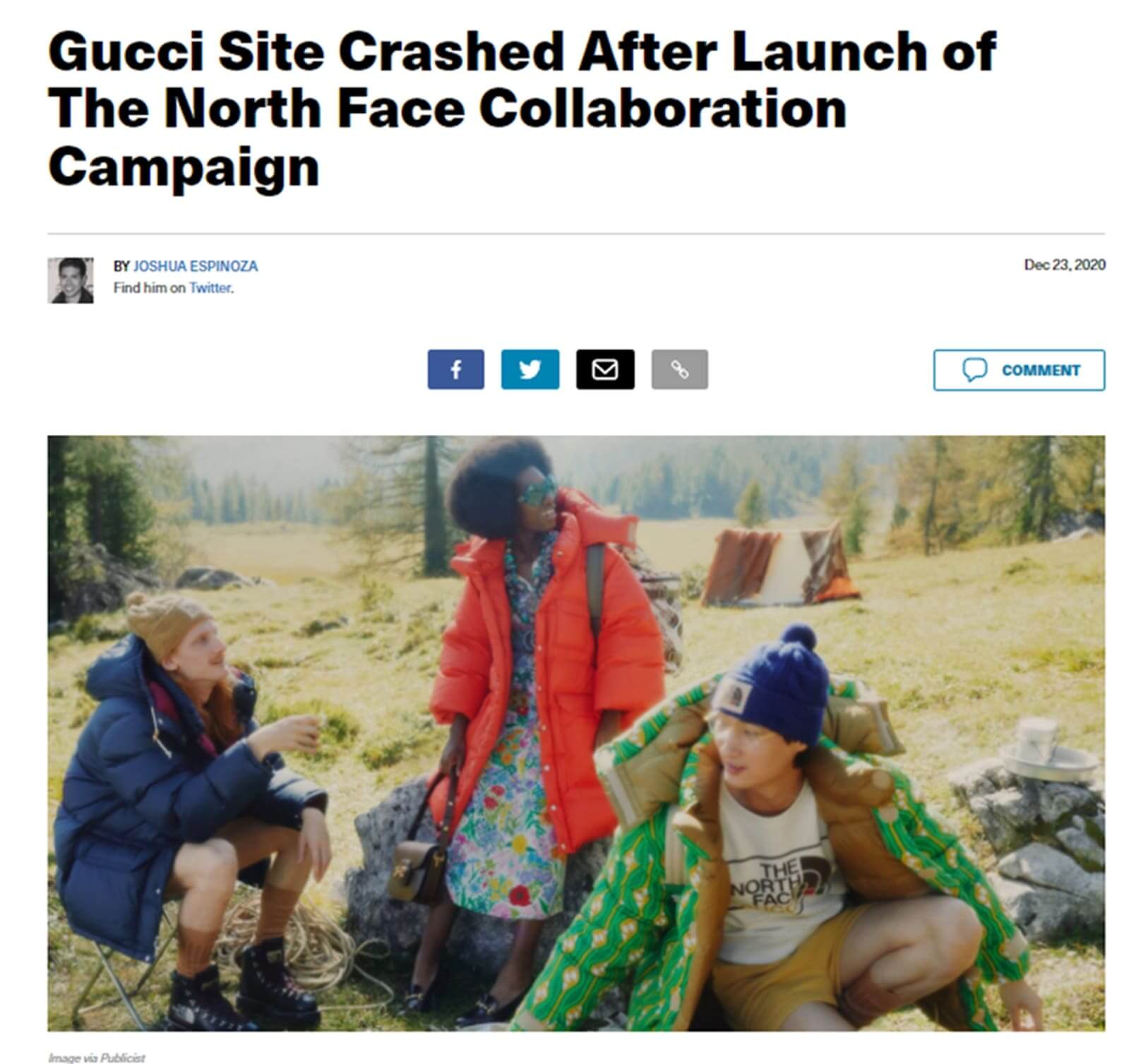
Retailers dropping a product they know will sell out face a problem typically uncommon in retail: fairness.
Where there’s a mismatch between supply and demand, some customers will end up with the product, and others won’t.
Researchers have found that fairness is extremely important in ecommerce. One study found fairness explained 80% of the variance of trust in online retailers. This makes fairness one of the most important predictors of trust in ecommerce.
RELATED: Customer Loyalty in Ecommerce: The Surprising Benefits of Fairness
There are two distinct types of fairness brands can use for a product drop: distributive fairness and procedural fairness. Let’s use the example of a hyped sneaker drop to explain.
Distributive fairness is fairness of outcomes. It means customers feel their final shopping outcomes are fair compared with their inputs.
In the sneaker drop example, distributive fairness can be created using a first-in, first-out (FIFO) queue. This is fair in a distributive sense because the customer who invested the most time into queuing gets access first. The person who invested the second most time gets access second, and so forth. The inputs and outputs are balanced and fair—the longer you line up, the more likely are to get your hands on the sneakers.
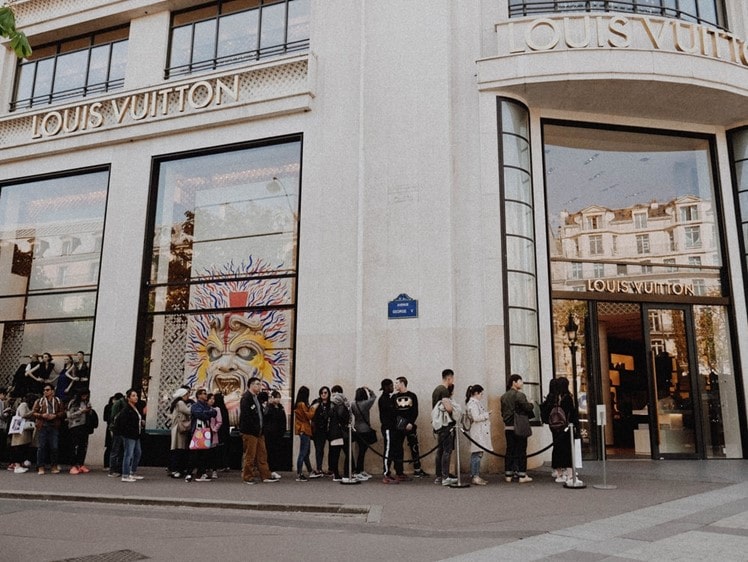
A first-in, first-out queue is an example of distributive fairness
Procedural fairness is fairness in decision-making processes, logic, and procedures. A raffle for sneakers, for example, is procedurally fair because it relies on the fairness of randomization. A randomized raffle, however, isn’t fair in a distributive sense because the inputs and the outputs aren’t equal. Two people put the same effort into entering the raffle, but only one gets the sneakers.
Researchers have found that when procedural fairness is made clear, customers are typically satisfied with outcomes even when they aren’t what they hoped for. This is because they understand and have confidence in the fairness of the procedure, even if it means they didn’t end up with a pair of sneakers.
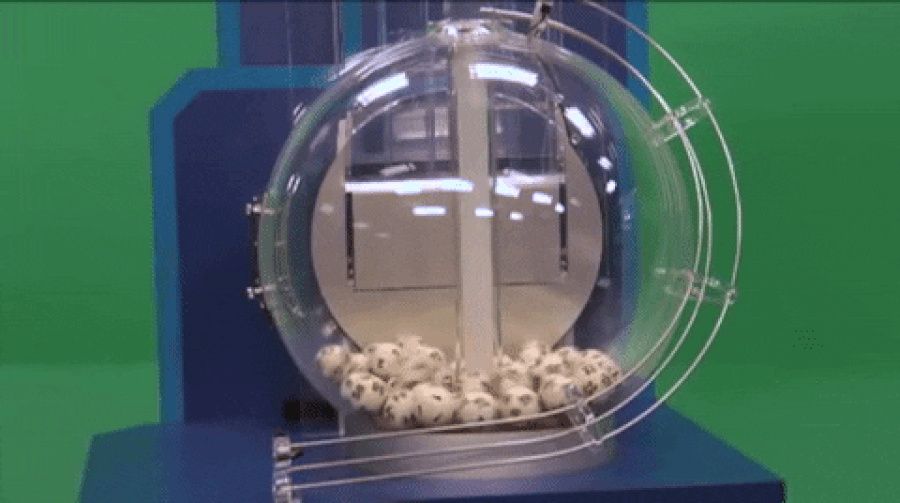
In terms of the effect on trust, one study found procedural fairness (randomization) in ecommerce was found to inspire more trust than distributive fairness (FIFO queuing).
But raffles also have downsides. They detach customers from urgency that comes with scarcity marketing. They turn the potential brand moment a product drop represents into something more protracted and less engaging.
That’s why retailers using Queue-it’s virtual waiting room typically choose to combine procedural fairness and distributive fairness for product drops.
With this strategy, retailers create a pre-queue page that displays a countdown timer to the sale. This pre-queue fills up with excited customers who watch as the clock ticks down. When timer hits 0 and the sale goes live, all visitors in the pre-queue are given a random place in line and throttled to a virtual waiting room.
This virtual waiting room then operates as a FIFO queue. All customers who arrive late to the sale are placed in the back of the line, and all customers who arrive on time proceed to the sale in their randomly assigned order.
This has the unique benefit of leveraging both distributive and procedural fairness.
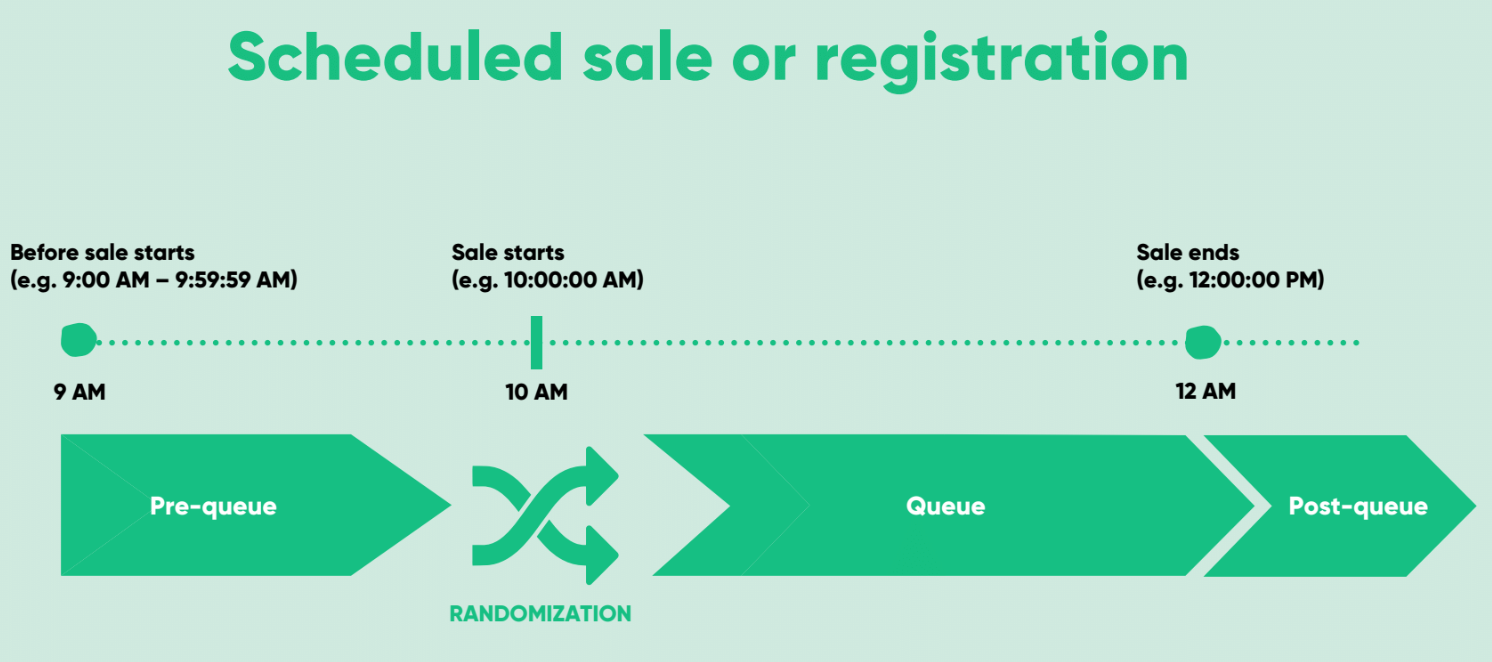
How you set up your drop is crucial for delivering fairness. But there’s one step that’s even more important: preventing bots.
Where supply and demand are mismatched, people will seek ways to exploit that mismatch and profit off your success.
Bot traffic more than doubled YoY in 2021, rising by 106%. And bots and resellers specifically target scarce drops—in one limited-edition sneaker release, 71.6% of all traffic was found to be bots.
But why does this matter? After all, a sale’s a sale right?
This is a question many businesses face. While a one-off product drop selling out immediately is typically seen as a success, bots pose a major risk to several key drivers of ecommerce success.
From negatively affecting customer loyalty to damaging brand reputation to skewing analytics and spiking ad spend—when you’re selling to bots, a sale’s not just a sale.
The negative impacts of bots include:
- Tarnished brand image
- Missed connections with true customers
- Jeopardized business contracts
- Increased operational & support costs
- Faulty analytics for decision-making
- Website crashes & slowdowns
The key issue with bots ties back to the importance of building brand loyalty. The strategies in this article do very little to build brand loyalty if you sell your products exclusively to bots.
Scarcity marketing doesn’t work if customers feel they have zero chance of getting the product.
“Exclusive” sales aren’t special if they’re teeming with bots.
Social media marketing is useless if the public turns against you.
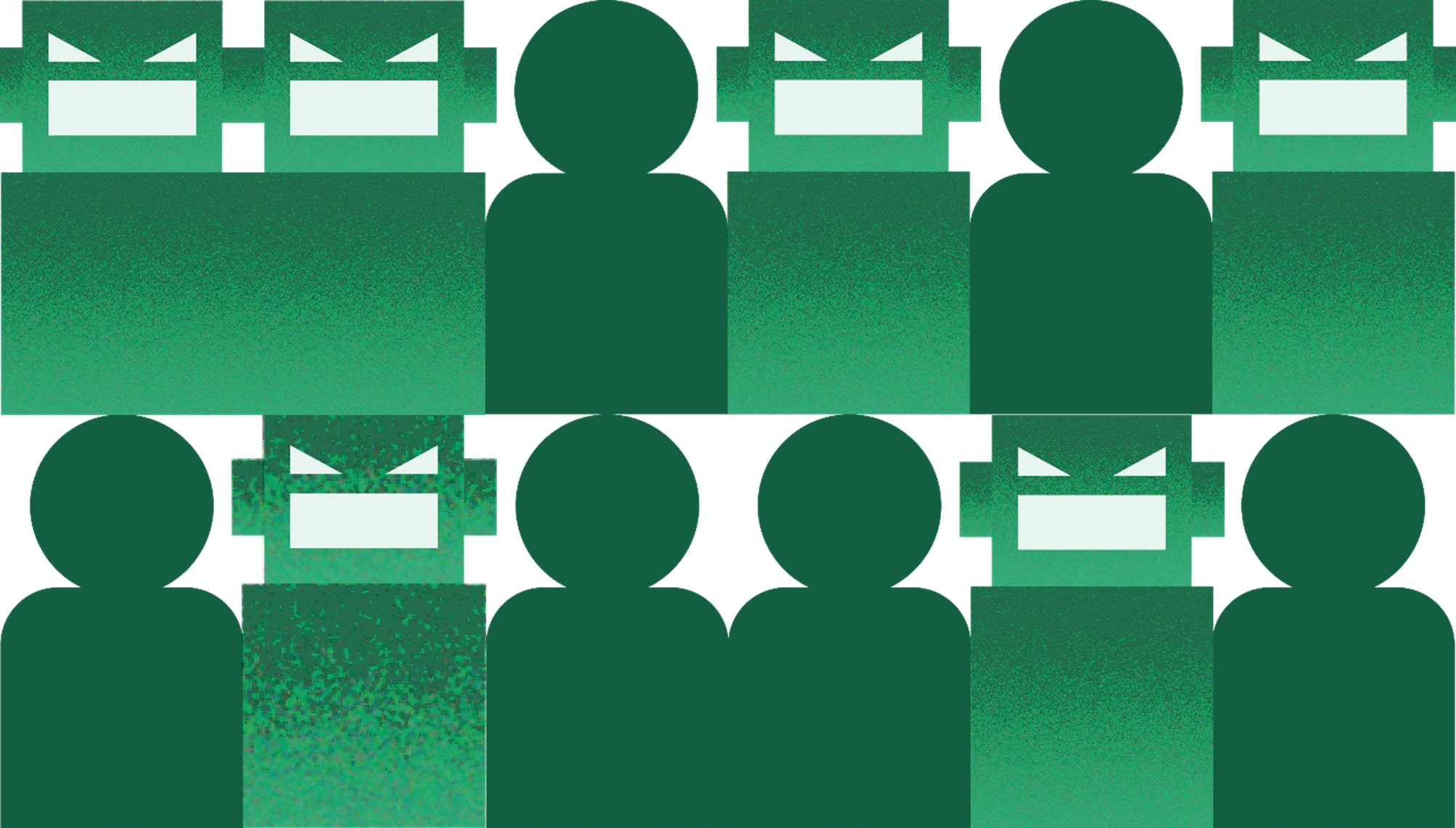
When customers are forced to buy products for huge markups on secondary markets, they feel let down and lied to, and they’ll blame you the retailer. This breaks down trust, which impacts satisfaction and loyalty.
That’s why every major brand with a successful product drop strategy—from Nike to Sony to Walmart to AMD—uses bot mitigation tools. They recognize that creating a fairer drop experience for customers will inspire more trust and loyalty.
RELATED: Everything You Need to Know About Preventing Online Shopping Bots
So how can you stop bots from exploiting your sales?
Quick tips for blocking retail bots:
- Use tools to monitor and identify bot traffic
- Use CAPTCHAs
- Block suspicious IP addresses
- Block outdated browser types
- Run a post-sale audit to identify orders to the same address or using the same credit card
- Use bot mitigation and web traffic management software
For a deeper explanation of these points, and everything else you need to know to prevent retail bots, get your free retail bots guide.
For high-demand product drops, it pays to be prepared. When you’ve built up the hype for months or weeks, the day of the drop can make or break its success and impact.
The drop day is the culmination of all your hard work. It’s payday. When your brand will be most visible. When fans are excited and ready. It’s the most crucial day to have your entire team prepared.
This involves ensuring:
- All major partners and third-party services are informed about the drop
- Staff know their responsibilities and have clear channels of communication
- Customer service ready and people are monitoring social media channels
- Technical support is monitoring for issues and have plans in place for quick solutions
You have a war room, virtual or physical, where staff can quickly gather to solve problems as they arise.
A successful product drop is a high-demand situation. And when drops are run online, this often causes sites to slow down or even crash.
In fact, most of the examples we’ve used in this article—from PS5s to Nike sneakers to SKIMS dresses—have caused site crashes.
To understand what’s happening, let’s take behind-the-scenes look at a top 10 sneaker retailer’s traffic during a hyped product drop.
In just half an hour, traffic jumps 10x from below a thousand site visitors per minute to over 9,000 visitors per minute.
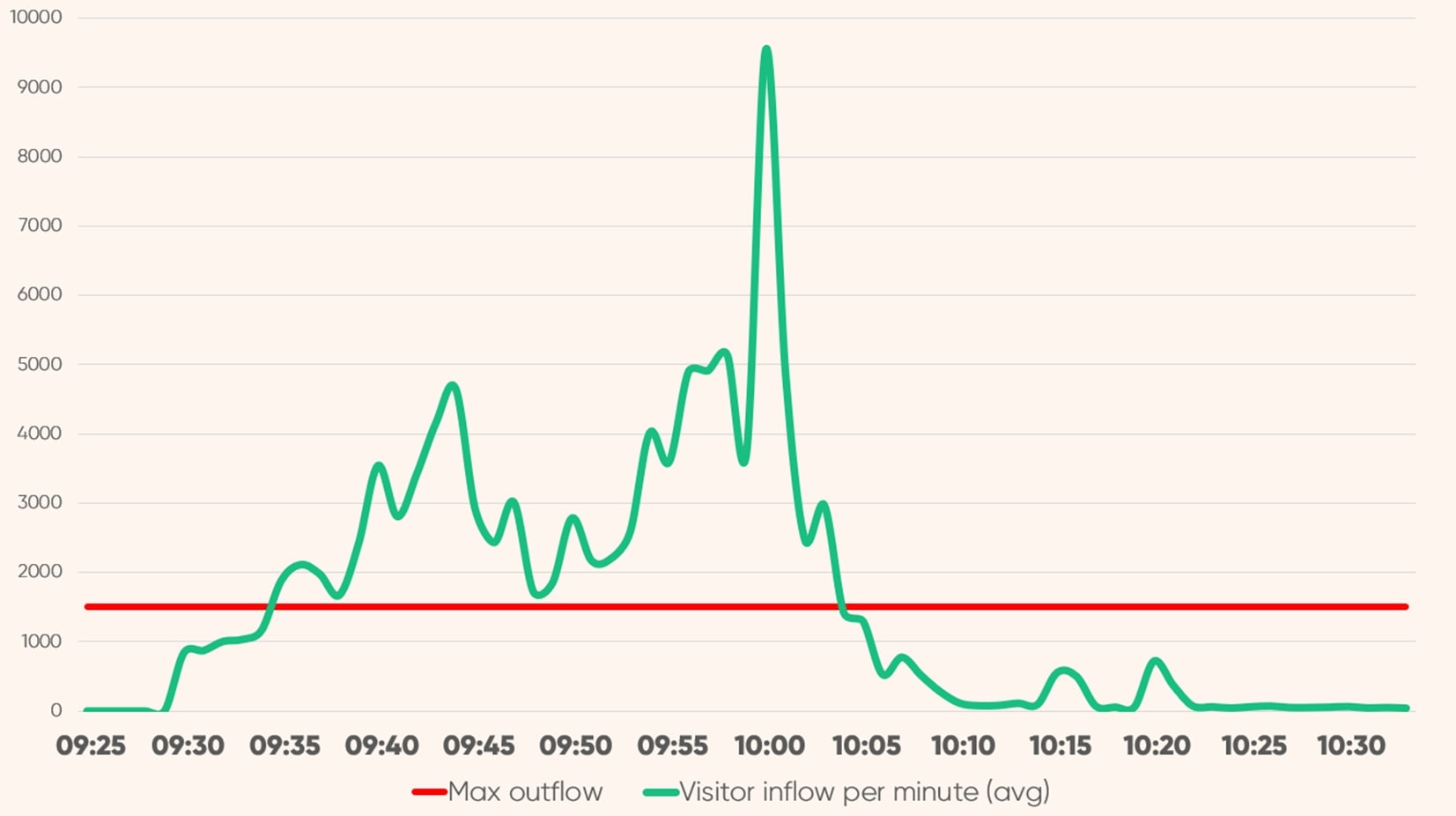
If this retailer didn’t have a virtual waiting room in place, this 10x traffic peak would have brought the site crashing down.
RELATED: How High Online Traffic Can Crash Your Website
For brands hoping to attract new customers and nurture loyalty through product drops, a site crash can have disastrous impacts.
Website crashes not only impact sales while the site is down, they can wreak even worse damage on consumer trust and loyalty, and impact your credibility as a collaborative partner.
Downtime of even one to two seconds can be very costly. When you multiply that by 60,000-100,000 people, that adds up. Whenever anyone else is involved as well, influencers or another brand, we don't want to affect how their audiences view them.
Alex Wakim

Tips for preparing for a high traffic drop:
- Load test ahead of major sales days to know what you can handle
- Cache static content on your CDN and run content on the Edge
- Identify site bottlenecks such as payment gateways and database calls
- Use a virtual waiting room to manage the flow of traffic to your site
Member, early-access, and invite-only sales help elevate the exclusivity around your product drops. They let you reward customers, nurture loyalty, and capture subscribers or members.
The core idea of an invite-only sale is to add an extra layer of exclusivity to product drops by granting select groups special access.
These groups might be:
- VIP/high-value customers
- Customers with paid subscriptions
- Customers who are part of a loyalty program
- Social media followers
- Customers who recently missed out on an item
- Newsletter subscribers
Brands like Walmart, Target, BestBuy, Adidas, SKIMS, and Nike all run these exclusive sales. Each brand differs in its approach, but they all use hyped product drops (or major sales days) as an opportunity to reward valuable customers and nurture loyalty.
RELATED: Ecommerce Loyalty Programs: How to Keep Customers Coming Back for More
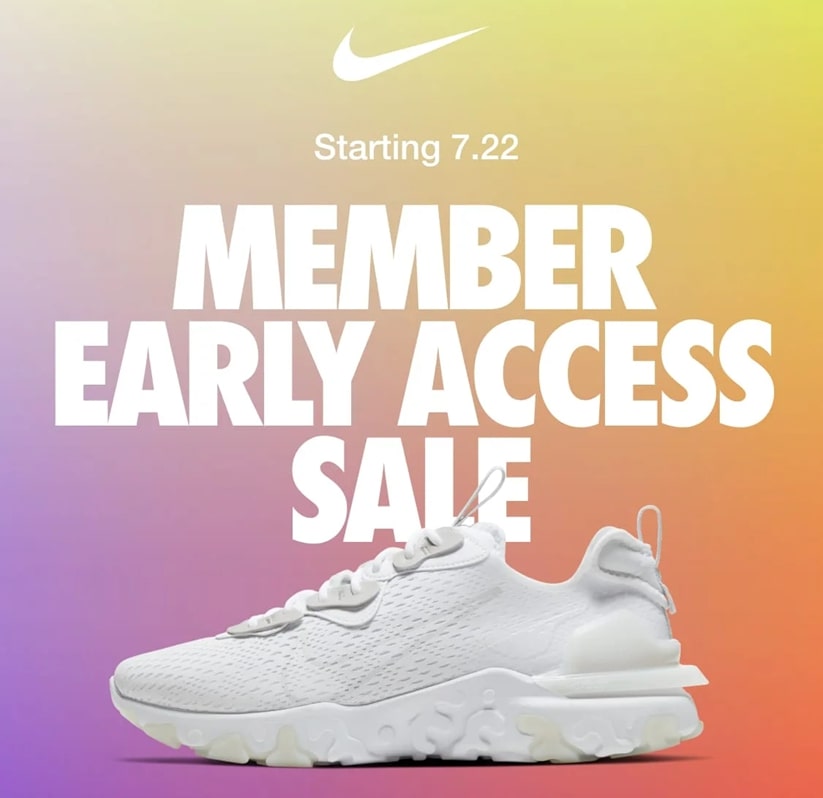
Many brands use invite-only drops as a value proposition to encourage sign ups for their loyalty, member, or subscription program. The upside of this is huge, as 70% of consumers spend more with brands when they’re in these commerce relationships.
RELATED: 79 Staggering Statistics that Show the Power of Loyalty Programs
You can run sales or product drops just as you usually would, the only difference being you give a select group first access.
Member and invite-only sales have many benefits, they:
- Enable you to encourage brand loyalty and reward loyal customers
- Give extra value to customers who subscribe to your newsletter
- Allow you to personalize sales to make customers feel seen
- Make paid memberships & subscriptions worthwhile for customers, especially if they’re given exclusive access to a new product before everyone else
- Let you utilize scarcity marketing and exclusivity, making your best customers feel they have an exclusive chance to get in before everyone else.
RELATED: Reward Loyal Customer With Invite-Only Waiting Rooms
The brands that are most successful with a product drop strategy are those that’ve done it consistently for years.
Releasing one product through a product drop is a worthwhile experiment, but it won’t give you a complete idea of what a product drop strategy can do for your brand.
You want customers to look forward to your next drop, to have them speculating and checking in on your brand. You want them to subscribe to your newsletters and follow your social media channels because they’re desperate to be among the first to know when your next product is dropping.
This only happens if you build up a reputation for drops. So, as you start your brand’s product drop journey, map out several products you’re planning to drop before you drop the first one.
Space them out in time.
Design them with small differences.
Contact several potential collaborators.
Make an internal drop calendar.
Then drop a new product or run a limited inventory restock once a month for several consecutive months.
To build a loyal following and a reputation for product drops, you need to be consistent. You need to create exciting and surprising drops that keep people talking, keep the hype going, and keep your customers coming back for more.
